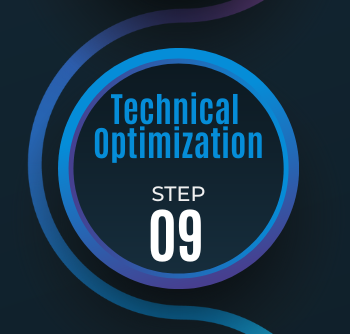
Steps of SEO: 10 Content Creation
Creating effective content is essential for improving a website’s SEO and visibility. To succeed, understand your audience, create high-quality content, optimize it for search engines, consider external content creation, and update regularly.



